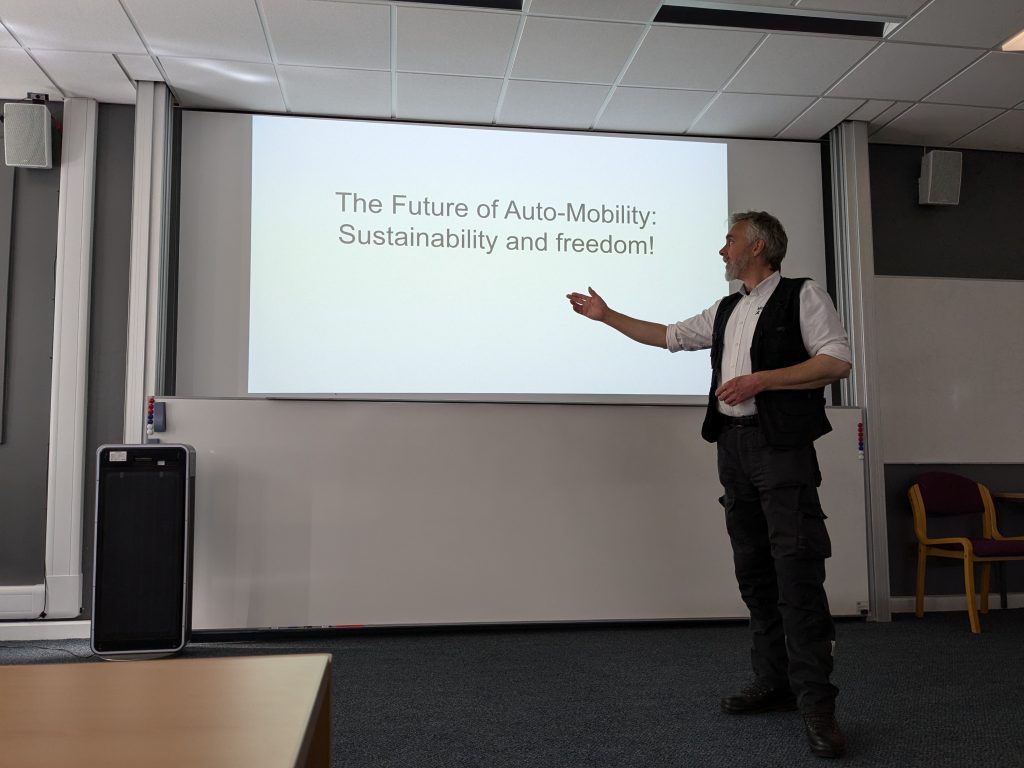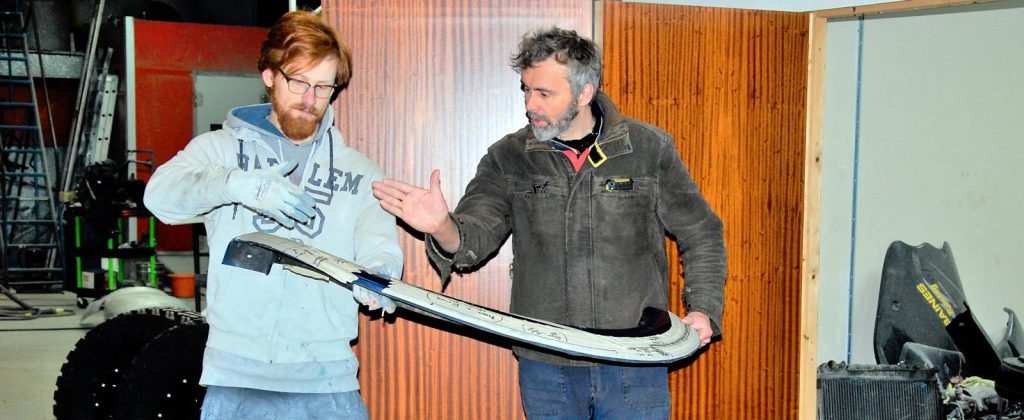This is me, Ralph Hosier, I’m an automotive engineer with a passion for great design and helping people understand technology. Apparently I’m also known for appearances on various television shows (Supercar Megabuild, Scrapyard Supercar, Mission Ignition) as well as writing for magazines and websites. I have decades of expertise in advanced vehicle engineering and modifications for OEMs such as Ford and Bentley. I’ve been designing and building custom and modified vehicles since the 1980s. I’m is passionate about practical skills and set up a skills training company to help everyone from beginners to professionals, and happy to share knowledge and experiences with audiences through television programs, publications and guest lectures.

Guest Speaker
From lectures to evening events, ‘Ralph has an engaging style and a wealth of knowledge and experience which always resonates with the audience’, or so I’m told. I’ve given guest lectures at universities and colleges as well as talking on live stages at shows such as Petrolhedonism LIve Knebworth and the NEC classic car shows. To book me for your event please email hello@rhel.co.uk

Consultant
Companies and individuals with a great idea can use my depth of knowledge to help develop ideas into reality. I’m also happy to help with skills training and finding ways to recruit new UK talent from groups who don’t always get the best chances in life. Project consultancy is available as a one off or an ongoing basis. Please email hello@rhel.co.uk to get in touch.

Presenter
I’ve been working in TV for over 25 years, starting with BBC Panic Mechanics and working behind the scenes as well as presenting series such as Supercar Megabuild (National Discovery), Scrapyard Supercar (UKTV), Mission Ignition (Channel 4) as well as one off appearances in various car shows. I have also worked on corporate videos and am happy to work with clients to get their point across.

To get in touch please email hello@rhel.co.uk